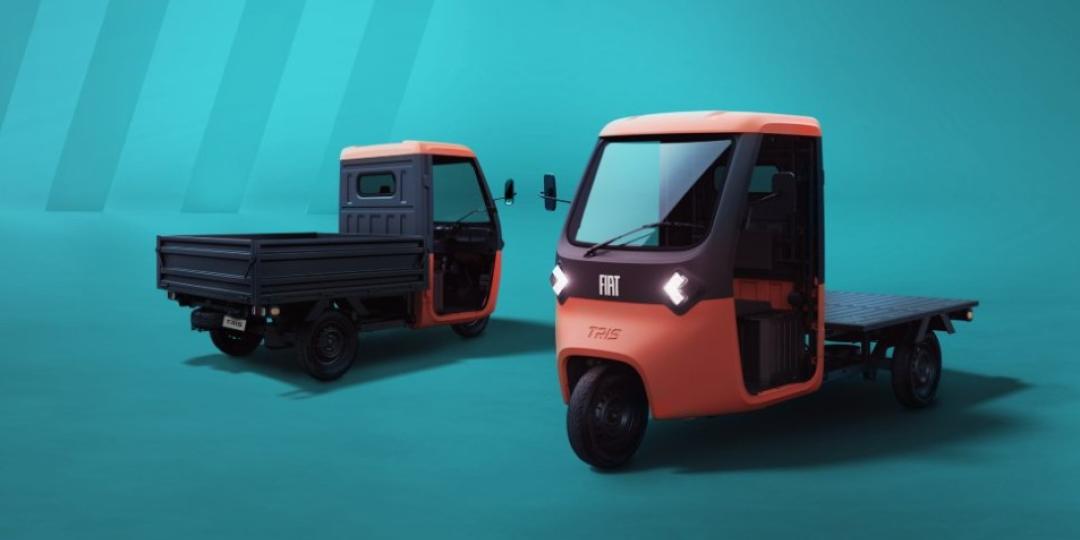An Italian vehicle brand has launched a groundbreaking three-wheeled electric vehicle, Tris, that has been designed as a zero-emissions business solution to meet the needs of micro transportation for last mile deliveries.
The name stems from the vehicle’s three wheels, its modular design and its signature three light emitting diode (LED) arrangement.
It has also been designed in three configurations: chassis-cabin, flatbed and pick-up.
Fiat said the vehicle, which was first being rolled out in Africa and the Middle East, had been positioned to play a pivotal role in the motor manufacturer’s global expansion plans.
“Tris is more than just a new vehicle – it’s a breakthrough in how we think about urban mobility. Born from Italian creativity at the Centro Stile (Fiat’s design centre) and engineered for the realities of daily life,” said Olivier Francois, CEO and chief marketing officer at the brand’s holding company, Stellantis.
“As cities grow and the need for clean, accessible transport becomes more urgent, we saw an opportunity to offer something radically simple and profoundly useful. Tris answers that call – providing independent workers, small businesses, and underserved communities with a cost-effective, zero-emissions tool to move forward.”
He said the vehicle was set to transform last-mile mobility and open new doors to economic empowerment and social inclusion.
“We believe its potential goes far beyond – Europe may be next, because this kind of smart, sustainable solution speaks a universal language.”
Manufactured in Morocco, Tris will be introduced in main markets across the Middle East and Africa region.
The vehicle is engineered to support a range of professional applications, including last-mile delivery, on-site services and urban logistics. It is 3.17 metres in length and has a tight 3.05-metre turning radius allowing it to easily navigate narrow city streets.
The cargo area offers approximately 2.25 sqm of load space and the ability to accommodate a standard euro pallet. It has a Gross Vehicle Weight (GVW) of 1,025 kg and a payload maximum capacity 540 kg.
Its lithium battery has a capacity of 6.9 kWh providing a homologated range of 90 km.
Stellantis Middle East and Africa chief executive, Samir Cherfan, said the company was strengthening its investments in the micromobility sector, which was no longer limited to moving people.
“It is a powerful driver of inclusion and local economic growth. From last-mile delivery to digital platform services, micromobility supports entrepreneurs, boosts logistics, and strengthens communities, both in dynamic cities and underserved rural areas,” he said.
As the MEA region's urban population grows by 3% annually, micromobility offers a scalable and sustainable solution to growing congestion and transport deficits.













